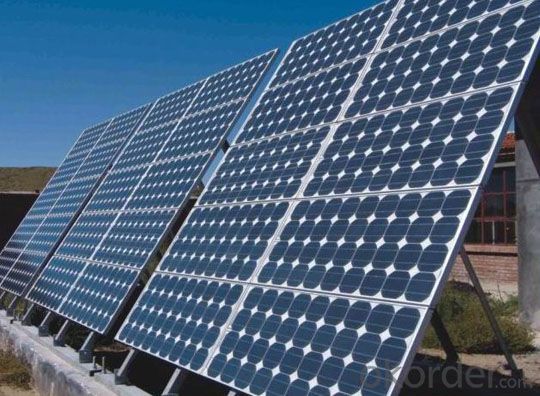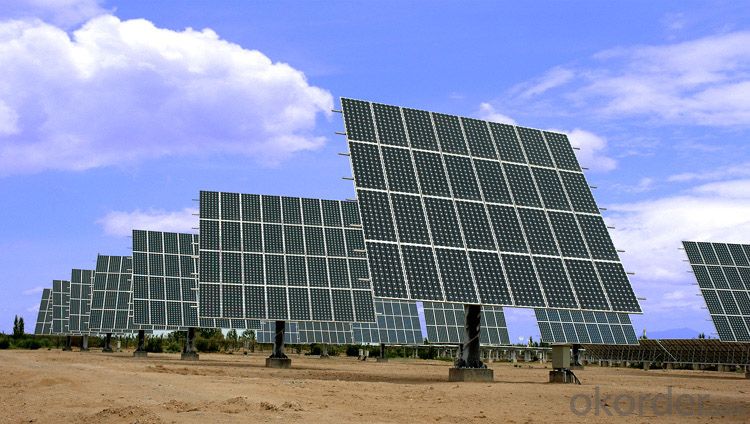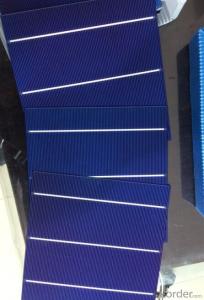mono PV Solar panel with IEC,TUV,CE,CEC 300W
- Loading Port:
- China Main Port
- Payment Terms:
- TT OR LC
- Min Order Qty:
- -
- Supply Capability:
- 10000000000000 watt/month
OKorder Service Pledge
Quality Product, Order Online Tracking, Timely Delivery
OKorder Financial Service
Credit Rating, Credit Services, Credit Purchasing
You Might Also Like
Quick Details
| Place of Origin: | Guangdong China (Mainland) | Brand Name: | sunshine | Model Number: | sy-280p |
| Material: | Polycrystalline Silicon | Size: | 1960*980*40mm | Number of Cells: | 72PCS |
| Max. Power: | 280W | VOC: | 36V |
Packaging & Delivery
| Packaging Detail: | Crate |
| Delivery Detail: | 30 |
Specifications
1, A grade solar cell
2,Life of 20-35 years
3,Super quality competitve price
4,International Standard
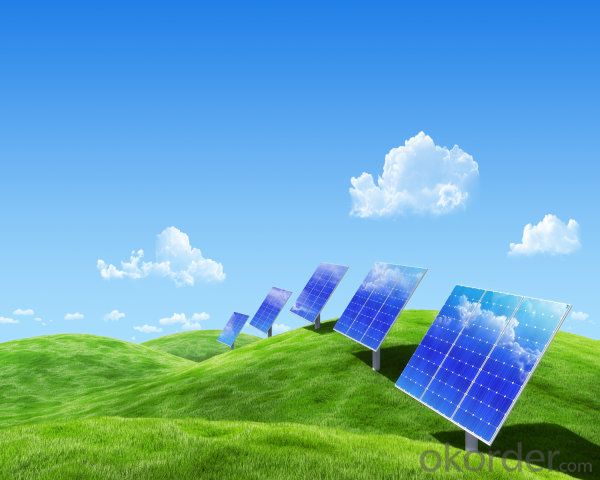
solar panels 280W poly Specification
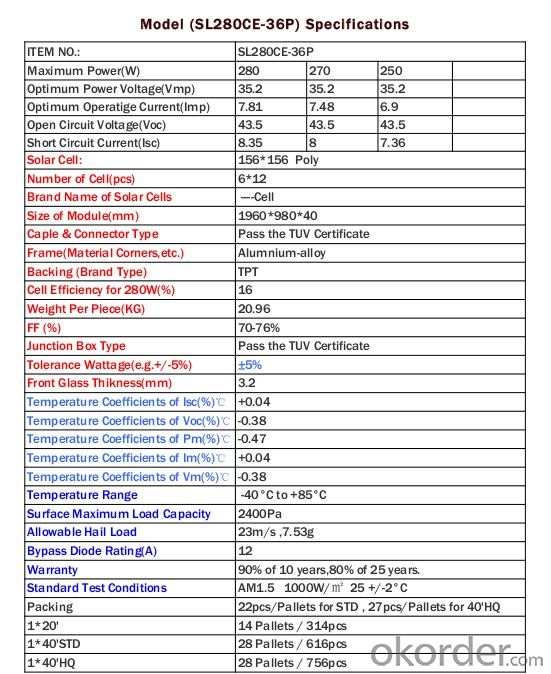
- Q:Can solar cells be used in transportation?
- Yes, solar cells can be used in transportation. Solar cells can be integrated into vehicles such as cars, buses, and trains to generate electricity and power various components, including lights, air conditioning, and even propulsion systems. This helps reduce reliance on fossil fuels, lowers emissions, and promotes sustainable transportation. Additionally, solar-powered vehicles can also have the ability to charge their batteries using sunlight, further extending their range and reducing the need for external charging infrastructure.
- Q:Can solar cells be used for powering remote sensors?
- Yes, solar cells can be used to power remote sensors. Solar cells convert sunlight into electricity, making them ideal for remote locations where other power sources may be unavailable. By harnessing the sun's energy, solar cells can provide a reliable and sustainable power supply for remote sensors, ensuring their continuous operation without the need for frequent battery replacements or wired connections to the grid.
- Q:What is the impact of wind on solar cell performance?
- The impact of wind on solar cell performance can be both positive and negative. On one hand, a gentle breeze can help cool the solar panels, preventing them from overheating and increasing their efficiency. On the other hand, strong winds can cause mechanical stress on the panels and their mounting systems, potentially leading to damage or reduced performance. Additionally, excessive wind can cause dust and debris to accumulate on the panels, blocking sunlight and reducing their efficiency. Therefore, while some wind can have a beneficial impact, it is important to strike a balance to ensure optimal solar cell performance.
- Q:Can solar cells be used in harsh climates?
- Yes, solar cells can be used in harsh climates. Solar cells are designed to withstand extreme weather conditions, including high temperatures, cold temperatures, and strong winds. They are often tested and certified to meet specific durability and performance standards, ensuring their reliability in harsh climates. Additionally, advancements in solar technology have led to the development of specialized solar panels that are specifically designed to perform well in extreme weather conditions, such as snow, hail, and sandstorms.
- Q:What is the working principle of a solar cell?
- The simplest way to explain this is : A solar cell converts the sun's energy into electricity.
- Q:What is the impact of solar cell installations on greenhouse gas emissions?
- Solar cell installations have a significant positive impact on reducing greenhouse gas emissions. By harnessing the power of the sun to generate electricity, solar cells eliminate the need for fossil fuel-based energy sources, which are major contributors to greenhouse gas emissions. As more solar cells are installed and integrated into the energy grid, the overall emissions from the electricity sector decrease, making solar cell installations an important solution towards mitigating climate change.
- Q:Can solar cells be used for powering navigation buoys?
- Yes, solar cells can be used for powering navigation buoys. Solar cells are a reliable and sustainable source of energy that can be used to power various devices, including navigation buoys. They can harness sunlight and convert it into electricity, providing a continuous power supply for the buoys' operations. This eliminates the need for traditional fuel-based generators or batteries, making solar cells a cost-effective and environmentally-friendly option for powering navigation buoys.
- Q:Can solar cells be used in electric bikes or scooters?
- Yes, solar cells can be used in electric bikes or scooters. By integrating solar panels onto the vehicle's surface, they can capture sunlight and convert it into electricity to charge the battery. This can help extend the range of the electric bike or scooter and reduce the reliance on grid-based charging. However, the amount of energy generated by the solar cells may be limited, so it may not fully replace the need for traditional charging methods.
- Q:How are solar cells connected to the electrical grid?
- Solar cells are connected to the electrical grid through the use of inverters, which convert the direct current (DC) produced by the solar panels into alternating current (AC) that can be used by homes and businesses. This AC power is then fed into the electrical grid, allowing for the distribution of solar energy to other users and ensuring a reliable supply of electricity.
- Q:Is A grade better than the B grade when we buy the poly solar cells.
- Poly Solar Cells B Grade might not sound very competitive to the purchasing managers who are purchasing the poly solar cells in the market, but that’s what I need.
1. Manufacturer Overview |
|
|---|---|
| Location | |
| Year Established | |
| Annual Output Value | |
| Main Markets | |
| Company Certifications | |
2. Manufacturer Certificates |
|
|---|---|
| a) Certification Name | |
| Range | |
| Reference | |
| Validity Period | |
3. Manufacturer Capability |
|
|---|---|
| a)Trade Capacity | |
| Nearest Port | |
| Export Percentage | |
| No.of Employees in Trade Department | |
| Language Spoken: | |
| b)Factory Information | |
| Factory Size: | |
| No. of Production Lines | |
| Contract Manufacturing | |
| Product Price Range | |
Send your message to us
mono PV Solar panel with IEC,TUV,CE,CEC 300W
- Loading Port:
- China Main Port
- Payment Terms:
- TT OR LC
- Min Order Qty:
- -
- Supply Capability:
- 10000000000000 watt/month
OKorder Service Pledge
Quality Product, Order Online Tracking, Timely Delivery
OKorder Financial Service
Credit Rating, Credit Services, Credit Purchasing
Similar products
New products
Hot products
Hot Searches
Related keywords


